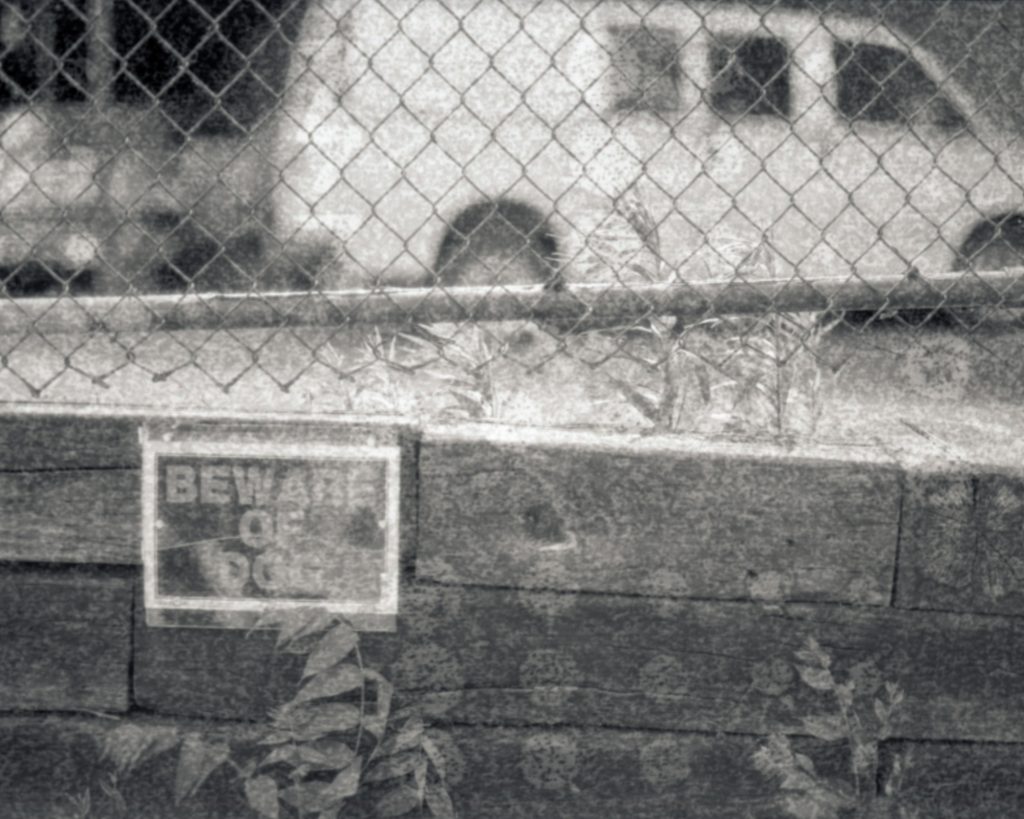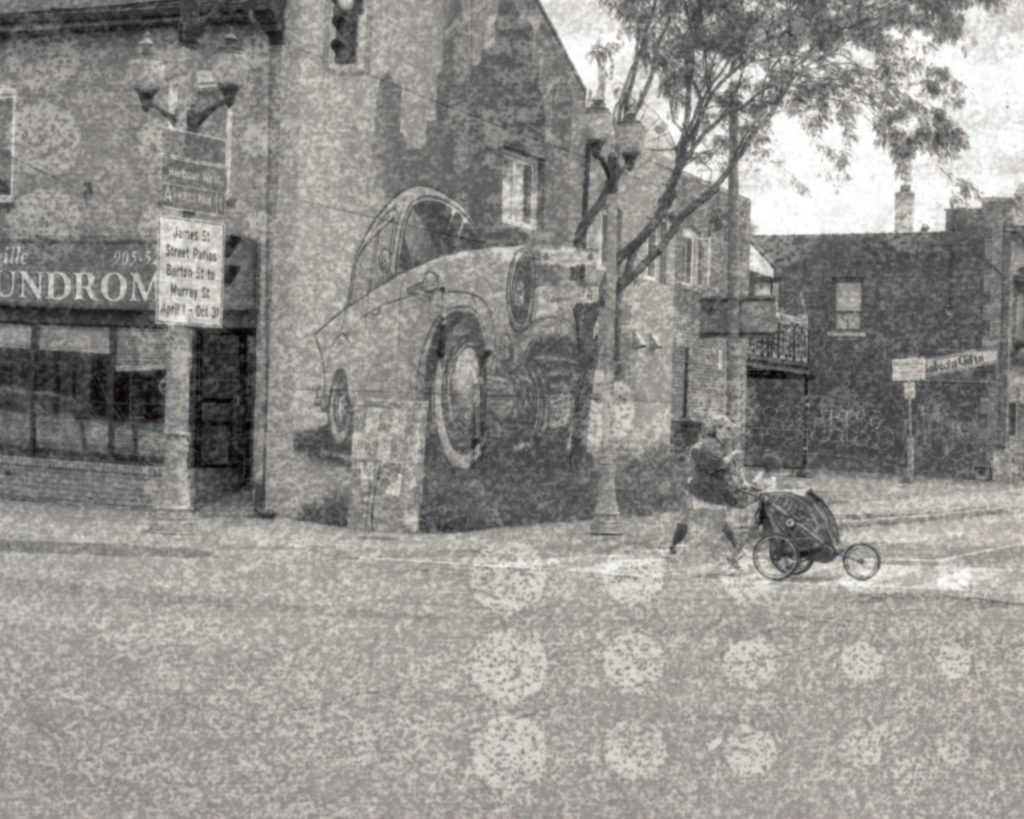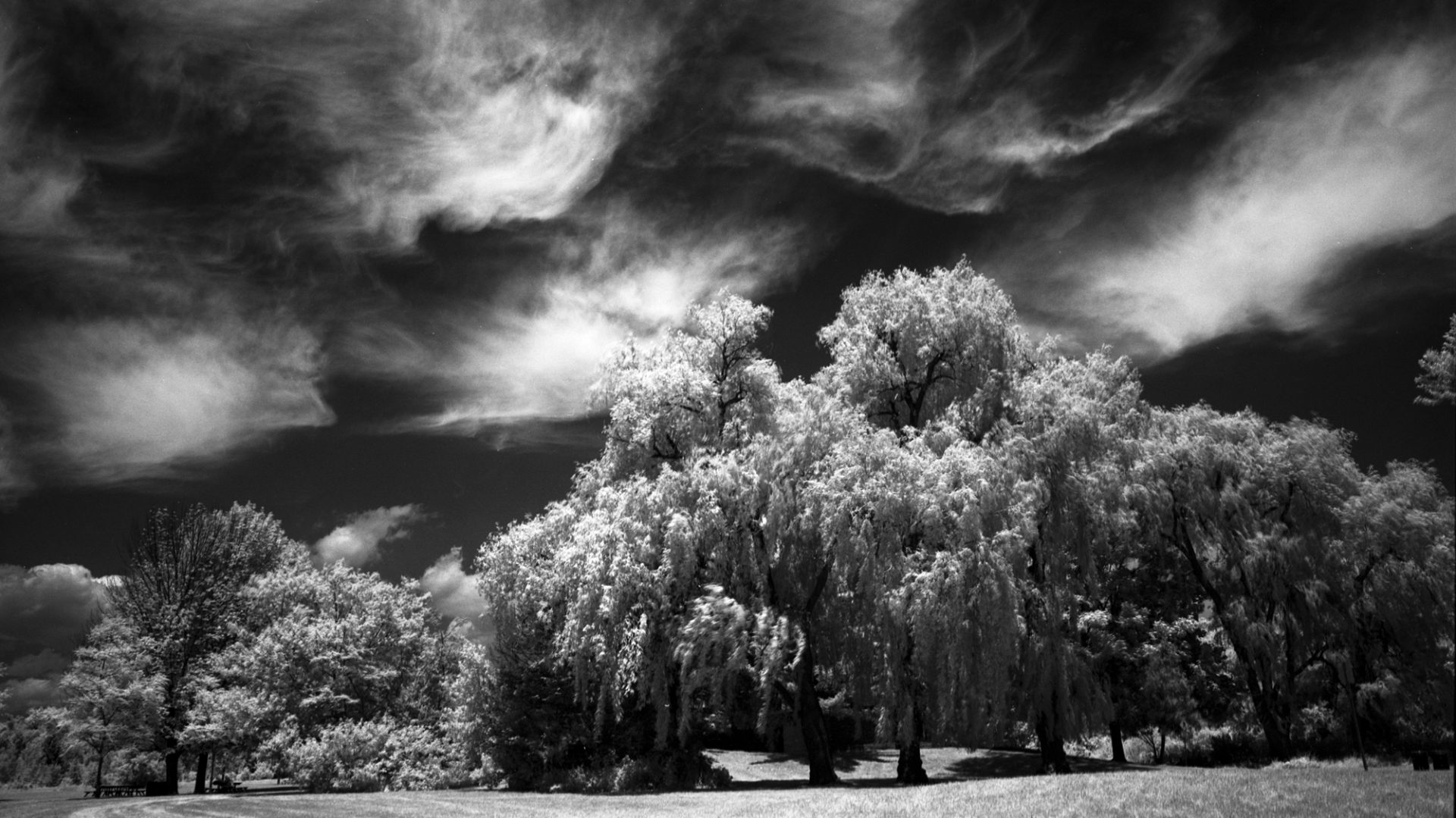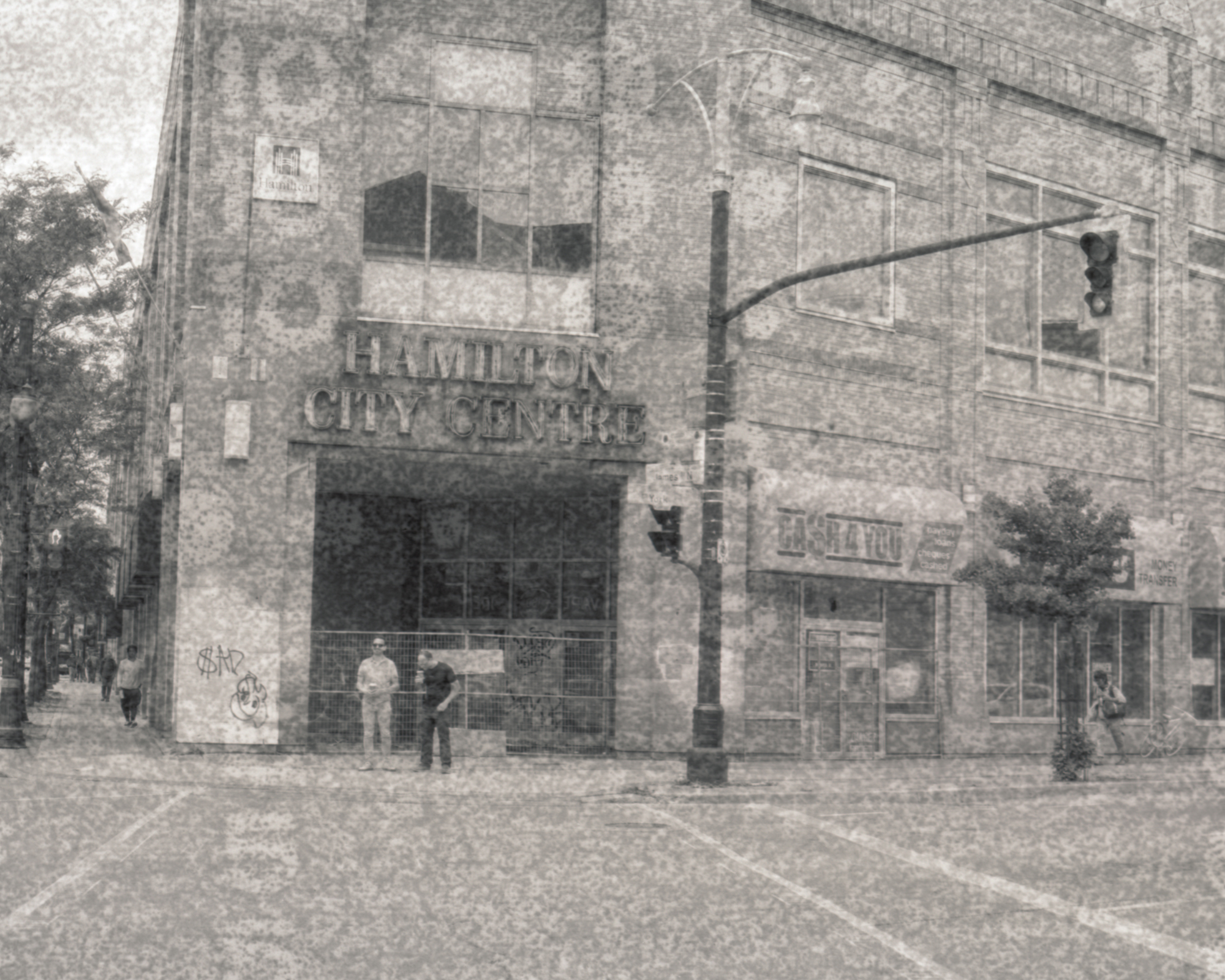Film photography has a way of keeping us honest. No matter how many decades I’ve spent behind a camera, there’s always that one roll that reminds me who’s really in charge — the chemistry, the emulsion, the light, and sometimes, a bit of luck.


On a Toronto Film Shooters Meetup in Hamilton, Ontario in the spring of 2024, I had one of those humbling experiences with a roll of Ultrafine 100 film in 120 format. I’ve shot countless emulsions over the years, both mainstream and obscure, but this one — well, this one fought me every step of the way.
The Mystery Behind Ultrafine 100
For those unfamiliar, Ultrafine 100 is one of those respooled or rebranded films that pop up from time to time. They’re often older stock, sometimes expired, occasionally “mystery” emulsions that have been reboxed or re-labeled by a reseller.
The particular batch I had was likely respooled Shanghai GP3, a film with a bit of a reputation — not all of it flattering. I purchased this roll many years ago, probably from the early 2000s era of Ultrafine products. Although it was cold stored, the film wassitting for quite a while, and while I expected some quirks, I wasn’t prepared for what I got.

When Things Go Wrong
After developing the roll in HC-110 Dilution B (1+31) for 8 minutes and 30 seconds at 20°C, the negatives emerged… and my heart sank.
The dye from the backing paper had transferred directly onto the film base, leaving blotchy stains across nearly every frame. The negatives were grainy, low in contrast, and unevenly toned. And to add insult to injury, they curled like a spring after drying — almost impossible to flatten for scanning.
I’ve worked with my fair share of finicky films, but this was one of those moments where you realize: film photography can be humbling. Sometimes you do everything right — proper exposure, development, agitation — and still end up with results that fall flat.

The Pros and Cons of Respools and Rebrands
Despite this experience, I’m still a proponent of respooled and rebranded film. There’s a lot of value and creative potential in them, especially when you approach them with the right expectations. But let’s be honest — they come with caveats.
Pros:
- Affordability: Respools are often a fraction of the cost of fresh stock.
- Unique character: Some older emulsions have distinct tonal qualities or grain structures that can’t be replicated today.
- Experimentation: They encourage creative risk-taking and keep your darkroom skills sharp.
Cons:
- Unknown provenance: You rarely know the true age or storage conditions of the film.
- Inconsistent quality: Batch-to-batch differences can be dramatic.
- Physical degradation: Backing paper dye transfer, edge fogging, or base curling are all common issues.

Film Photography: Science, Art, and Uncertainty
Film photography sits beautifully at the intersection of science and art. The process demands precision — temperature control, development times, agitation — but it also rewards intuition, patience, and creativity.
Even when things go wrong, there’s value in the experience. Every flawed roll teaches you something new: about your workflow, your materials, and your own expectations as a photographer.
Some call it “happy accidents.” I’ve had plenty of those too — where a light leak or expired emulsion or chemicals produces something unexpectedly beautiful. But not every accident is happy, and that’s okay. It’s all part of the learning curve and joy of film photography.
Quick Guide: Shooting Respooled & Rebranded Film
Film photography thrives on experimentation — but when you’re working with respooled, rebranded, or mystery stock, a bit of preparation can save you from disappointment. Here’s a quick reference for what to check before, during, and after shooting.

Before You Buy
1. Research the source.
Look for trusted suppliers such as Film Photography Project, Flic Film, Kosmo Foto, and Lomography. Read recent reviews — not just brand reputation from years ago. There are several more that I have not mentioned, these are the vendors that I have used.
2. Know the origin film if possible.
Ask or look up whether it’s motion picture film (like Kodak Vision3, Fomapan, Orwo), old stock (Shanghai GP3, Forte, Orwo, Svema, etc.), or rebranded fresh emulsion. Each has its quirks and processing needs.
3. Ask about storage.
Ideally, film should have been cold-stored or at least kept in a cool, dry, dark environment. Avoid sellers who can’t confirm how or where the film was stored.
4. Buy small first.
Start with one or two rolls before committing to bulk purchases. Every batch can behave differently, especially with older or rebranded stock.
When You Shoot
1. Rate conservatively.
For older or unknown films, overexpose by 1 stop. It helps preserve shadow detail and compensate for base fog or loss of sensitivity over time.
2. Bracket key shots.
If it’s an important scene, shoot at ±1 stop to increase your chances of usable frames.
3. Watch for physical issues.
If the backing paper feels brittle, curled, or has ink rubbing off — proceed with caution. That often means the film is quite old, and dye transfer could occur during development, as happened with my Ultrafine 100.
During Development
1. Stick to a known developer.
Use a standard, reliable developer such as Kodak HC-110, D-76, or XTOL. When you’re already dealing with an unknown film base, the developer should be a constant.
2. Process one roll first.
Don’t batch-process multiple rolls of the same unknown stock until you’ve seen the results from one.
3. Adjust times as needed.
If negatives look thin, extend development slightly next time (10–15%). If they’re overly dense or contrasty, reduce time or dilute the developer further.
If Things Go Wrong
1. Backing paper transfer or stains?
That’s usually age, humidity, or poor storage. Try pre-soaking future rolls in water for 1–2 minutes before development to reduce dye bleed (especially with older 120 rolls).
2. Curling or warped film?
Hang to dry in a low-humidity environment, with gentle tension (e.g., weighted clips). Flatten between clean pages of a photo book under light pressure for a few days.
3. Grainy or low contrast negatives?
Increase development slightly, or scan in RAW mode and adjust digitally. Old emulsions often have weaker D-max and benefit from careful post-processing.
After the Results
1. Keep notes.
Record your exposure, development, and observations. Every roll teaches you something — even the failures.
2. Embrace the “happy accidents.”
Film photography is as much science as it is art, and sometimes those unpredictable results become your most expressive work.
3. Share your experience.
Posting your results — even the imperfect ones — helps the analog community. Others shooting the same rebranded stock might learn from your process.
Rules of Thumb: When to Use Respooled Film
| Situation | Recommendation |
|---|---|
| Personal or experimental work | ✔ Absolutely — embrace the unpredictability |
| Learning darkroom or testing a developer | ✔ Great — inexpensive practice stock |
| Paid client work or important projects | ❌ Avoid — stick to known, fresh film |
| Creative texture or vintage look desired | ✔ Excellent choice — aged stock adds character |

Closing Thoughts
That roll of Ultrafine 100 will never see the inside of a gallery or an enlarger, but it served its purpose. It reminded me that film is alive — a physical, chemical medium that changes, ages, and sometimes surprises us in unpleasant ways.
And that’s exactly why I love it. Film photography isn’t about perfection. It’s about process, patience, and humility. Every frame, good or bad, is part of the journey.
Technical Notes:
- Film: Ultrafine 100 (suspected Shanghai GP3)
- Format: 120
- Developer: Kodak HC-110, Dilution (b)
- Development Time: 8 min 30 sec @ 20°C
- Location: Hamilton, Ontario – Toronto Film Shooters Meetup

